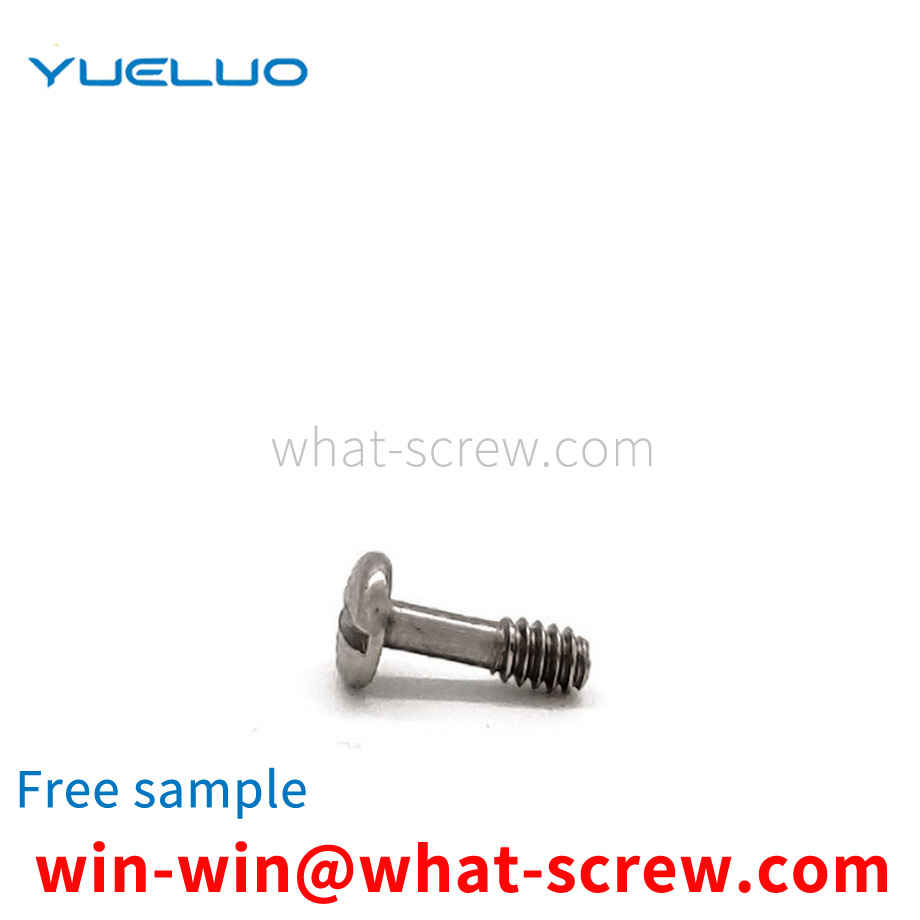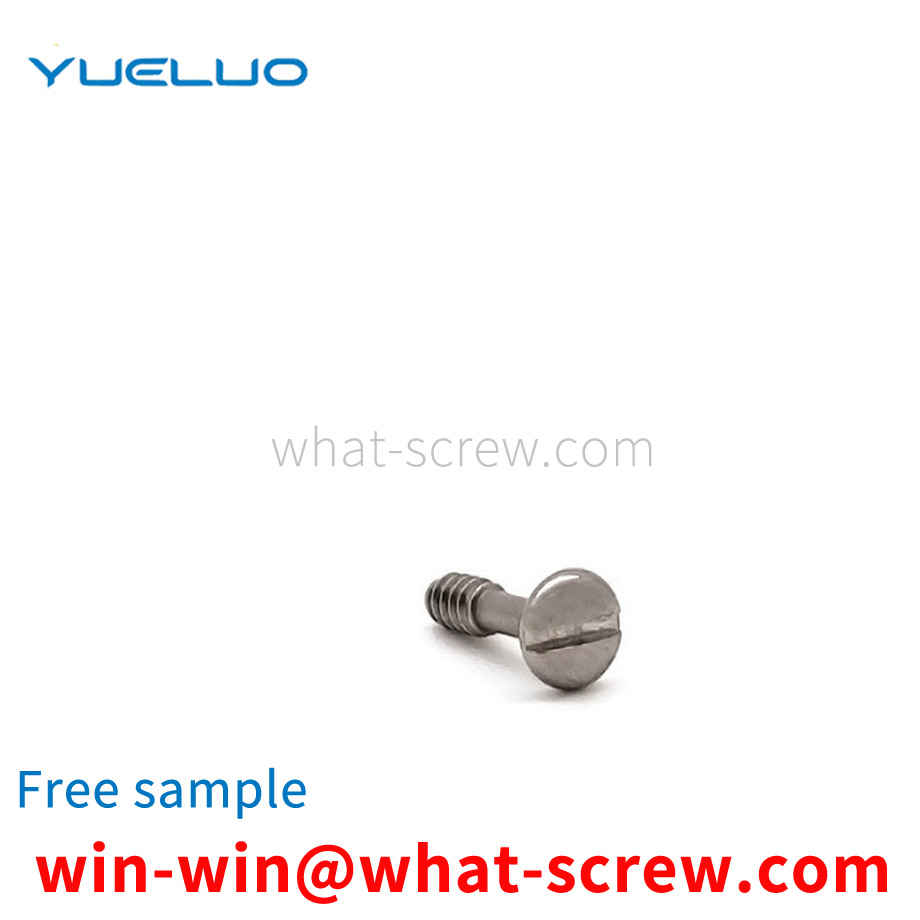At present, most of the cylindrical pin press-fitting is to put the product into the positioning position of the lower die first, and then take a cylindrical pin and put it into a cylindrical pin positioning hole that is concentric and perpendicular to the hole in which the product is pressed, or put it on the product. , the pin needs to have a positioning guide; or it is fixed on the top of the indenter so that it will not fall, and then the press is completed. In fact, it is difficult to press the small cylindrical pins. To ensure the good quality of the product, it is required to locate accurately, to ensure that the cylindrical pins are concentric and vertical, and to put the cylindrical pins one by one. It is very easy for workers to produce. Fatigue and low efficiency, product quality control is affected by many human factors, resulting in unstable product quality and certain safety hazards in work. On the other hand, in some production lines, the cost of the press-in cylindrical pins is relatively expensive, such as finger cylinders and moving mechanisms, which will put a lot of cost pressure on the equipment investment of small and micro enterprises.
Some heavy equipment such as large motors, large reducers, etc., in order to facilitate the installation and adjustment of equipment and the need for maintenance space, a certain position needs to be moved during equipment installation and maintenance. Usually, a steel base or platform is set under the equipment, and the base or The platform is provided with an oblong bolt installation slot, commonly known as an oblong slot, as shown in Figure 1--Figure 4. When using common hexagon head bolts or common T-bolts with the long circular groove in Figures 1 and 2, auxiliary fixing bolts or welding stoppers are required on the back of the long circular groove to prevent the bolt from rotating when the nut is tightened. In Fig. 3 and Fig. 4, the long circular groove itself has a clamping groove to prevent the rotation of the bolt, but this structure greatly increases the processing cost of the long circular groove.
In terms of screw standard specification broadcast, there are two versions of the national standard, one is GB70-76, the 76 version, and the other is GB70-8585 version. Our company is now implementing the DIN912 standard, so it should be paid attention to in actual business operations. Difference: GB70-85 and DIN912 completely overlap, so there is no difference in the use of the new standard, mainly because there is a difference between GB70-76 and DIN912: M8 series hexagon products, GB70-76 round head diameter It is 12.5MM, which is smaller than 13.27MM of DIN912. For M10 series inner hexagon products, the round head diameter of GB70-76 is 15MM, which is smaller than 16.27 of DIN912. The inner hexagon of M12 series, the round head of GB70-76 The diameter is 18MM, which is smaller than the opposite side of DIN912, which is 18.27. In addition, the round head diameter of the inner hexagon GB70-76 of M16 and M20 series is 0.33MM smaller than that of DIN912, which are 24MM and 30MM respectively. DIN912 is 24.33MM and 30.33MM respectively. In addition, the width of the inner hexagon between the old standard and the German standard is different due to different standards. The inner side of GB70-76 is smaller, and it should be paid attention to in business operations. In addition, there are also some differences in the carriage screws that may be used at ordinary times. I will also make an explanation here. In the national standard, there are two standards for carriage screws, namely GB12 (small semicircular head square neck screw) and GB14 (large semicircular head square neck screw) Neck screws), and the German standard DIN603 is usually more commonly used in the market. Now to distinguish these three: for the round head and neck, when comparing the same specifications: GB12
The earliest rivets were small pegs made of wood or bone, and the earliest metal variants may be the ancestors of what we know as rivets. They are without a doubt the oldest known method of joining metals, dating back as far as the earliest use of malleable metals, eg: Bronze Age Egyptians riveted the six wooden sectors of the outer lines of a slotted wheel with rivets Fastened together, after the Greeks had succeeded in casting large statues in bronze, the parts were riveted together with rivets.
Riveting products provide great convenience for the unilateral connection of sheet parts, fast and efficient connection without bulky installation tools, and produce reliable standard internal and external threads, achieve cold installation after surface treatment, no pollution, is welding Effective alternative to nuts. Main applications: Auto-body, seat belt systems, bumpers, airbag systems, etc. 1. One-way drawing connection 2. Build standard internal and external threads 3. General product range: M3-M124. Materials: Carbon Steel, Stainless Steel, Aluminum 5. High quality air tools - efficient, economical, lightweight and easy to operate. Use the same principle as hand rivet nuts.
We have many years of experience in the production and sales of screws, nuts, flat washers, etc. The main products are: high-precision knurled nuts, rubber plug expansion bolts, B1821 square head bolts, copper hexagonal nuts and other products, we can provide you with suitable products for you. Fastener Solutions.



















 Service Hotline
Service Hotline




